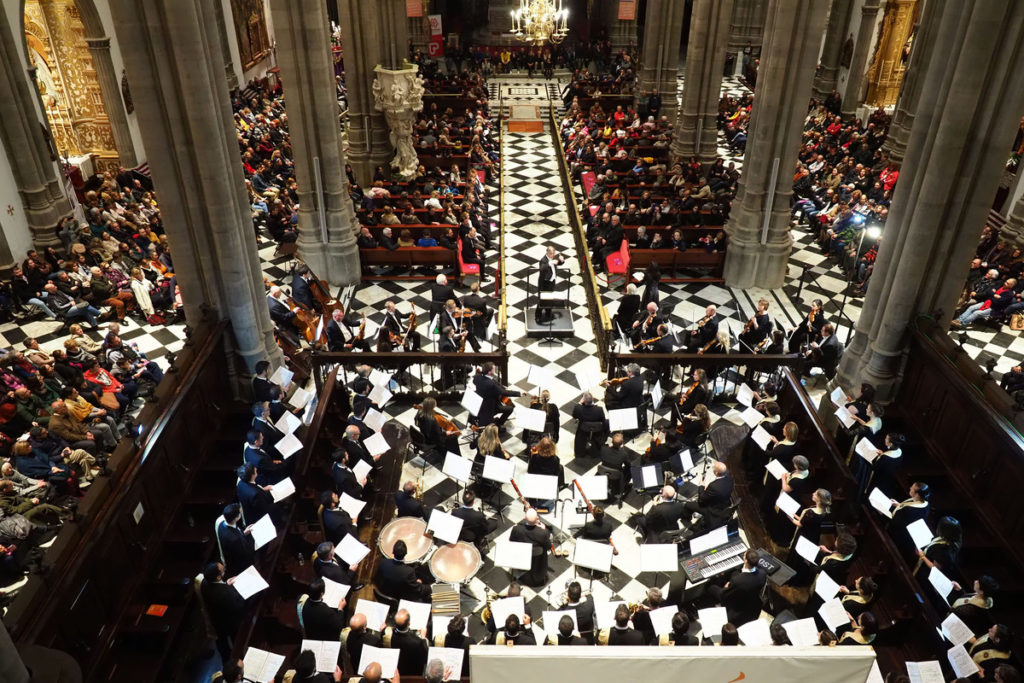The renowned travel publication, National Geographic, has named the Cathedral of Salamanca as the most exceptional cathedral in Spain for three compelling reasons. Firstly, it stands as the tallest amongst Spanish cathedrals, soaring to heights of 110 meters.
Secondly, it holds historical significance as it was built atop the Cathedral of Santa María. Lastly, an intriguing feature is the presence of a small carved sculpture of an astronaut donning a helmet and a distinctive suit – a quirky addition indeed.
Tenerife also boasts its own remarkable cathedral, Nuestra Señora de Los Remedios, situated in San Cristóbal de La Laguna. This cathedral is a fine example of neoclassical architecture, steeped in rich history and cultural importance on the island. Designated as a Historic-Artistic Monument of national status on October 5, 1983.
The Precious Treasures
Nestled in the historic heart of Aguere, the construction of the Cathedral of La Laguna commenced in 1515 as a secondary parish church in the city, later elevated to cathedral status in 1819, as noted by the Cabildo de Tenerife on its website.
Over the centuries, the cathedral has undergone modifications, preserving only its main neoclassical façade, while the interior, constructed in neo-Gothic style, dates back to the early 20th century.
Within the walls of the Laguna Cathedral lay treasures such as the Mazuelos Altarpiece in the main chapel, sourced from Flanders, and the sumptuous Carrara marble pulpit.
This cathedral is home to a remarkable collection of goldsmith works, making it one of the most significant treasures in the Canary Islands. Its displays boast exquisite pieces of goldsmithing crafted for sacred ceremonies.


Why La Laguna Instead of Santa Cruz?
According to the Government of the Canary Islands, “the cathedral is situated in La Laguna rather than Santa Cruz de Tenerife due to the fact that, at the time of its construction and consecration, the capital was located in that city.”















